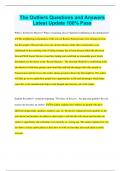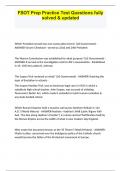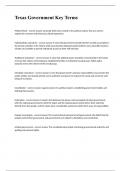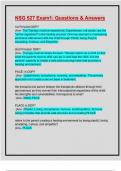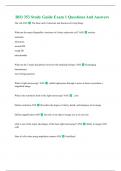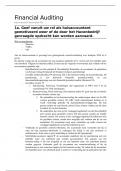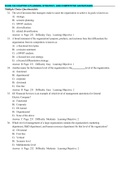Samenvatting
Proefdierkunde (Laboratory Animal Science) BMW: samenvatting
- Instelling
- Universiteit Gent (UGent)
Samenvatting: bevat de belangrijkste informatie per hoofdstuk. Met in rood getypt alles wat aan bod kan komen in het examen of vermeld werd als belangrijk.
[Meer zien]






